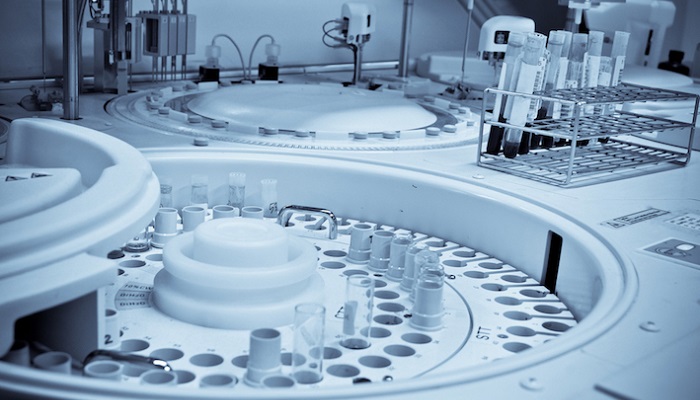The Asia Pacific Pharmaceutical Contract Development and Manufacturing Organization (CDMO) market is expected to see significant growth. Factors driving this include rising pharmaceutical demand, increased focus on research and development, and the outsourcing of drug development and manufacturing. The market is projected to reach US$ 140.03B by 2031, with a CAGR of 9.9% from 2023 to 2031. The region offers cost-effective advantages, including lower labor and manufacturing costs, a skilled workforce, and improved infrastructure.
China, India, and South Korea are set to dominate the Asia Pacific Pharmaceutical Contract Development and Manufacturing Organization (CDMO) market due to government support, foreign investment incentives, and the increasing prevalence of chronic diseases and aging populations. The adoption of advanced technologies like AI, machine learning, and automation will enhance CDMO services, reducing drug development time and improving productivity. The growing demand for biosimilars and personalized medicines also contributes to the positive outlook, as pharmaceutical companies prioritize innovative therapies and specialized expertise from CDMOs.
An Overview of the CDMO Market
The Asia Pacific pharmaceutical CDMO market is growing rapidly, with API manufacturing contributing over 60% of revenue. Solid dosages are expected to generate more than 43% of global CDMO revenue. Pain-related medications are predicted to account for over 22% of global CDMO revenue. Prominent pharmaceutical companies are projected to hold a revenue share exceeding 47% in the global CDMO market and oral medications contribute to over 40% of the region’s market revenue. Outsourcing drug development and manufacturing to CDMOs helps reduce costs, improves efficiency, and allows companies to focus on core competencies like research and development.
Challenges in the Asia Pacific CDMO Market
- Increasing competition in the Asia Pacific CDMO market creates pricing pressure and the need for differentiated services.
- CDMOs face challenges in complying with diverse regulatory environments in the APAC region, leading to delays and increased costs.
- The COVID-19 pandemic has exposed vulnerabilities in global supply chains, affecting CDMOs in the Asia Pacific in terms of logistics and raw material sourcing.
- Capacity constraints in the pharmaceutical CDMO industry in the Asia Pacific lead to longer lead times and delays in product development.
Key Insights in the Asia Pacific Pharmaceutical CDMO Market
- Outsourcing to CDMOs in the Asia Pacific region can save pharmaceutical companies 30-50% on drug development and manufacturing costs.
- The Asia Pacific Pharmaceutical CDMO market has a skilled workforce, with India alone employing 2.7 million people in the industry.
- Leading countries in the Asia Pacific CDMO market are China, India, and South Korea.
- Government incentives and foreign investments have fueled growth in the Asia Pacific CDMO market, including a $240 million investment by WuXi Biologics in Singapore.
Top 4: Dominant Players Capture 22.85% of Market Share
Insights reveal monopolistic competition in the market, with the top four players holding a market share of about 22.85%. Pfizer CentreSource and Lonza Group AG lead the pack, with market shares of roughly 7.16% and 6.27%, respectively. Both companies have invested in the Asia Pacific region to capitalize on its growing importance in the global pharmaceutical industry. They have established advanced facilities and formed local partnerships to expand their presence. With their global reach and expertise, Pfizer CentreSource and Lonza Group AG are strong contenders in the Asia Pacific pharmaceutical CDMO market.
Other major players in the Asia Pacific Pharmaceutical CDMO market are Recipharm AB, Thermo Fisher Scientific Inc., Jubilant Life Sciences Ltd., Stella Lifecare, Boehringer Ingelheim Group, Baxter Biopharma Solutions, Catalent Inc., and Samsung BioLogics. They compete by offering high-quality services, utilizing their expertise, and delivering value to clients.



















